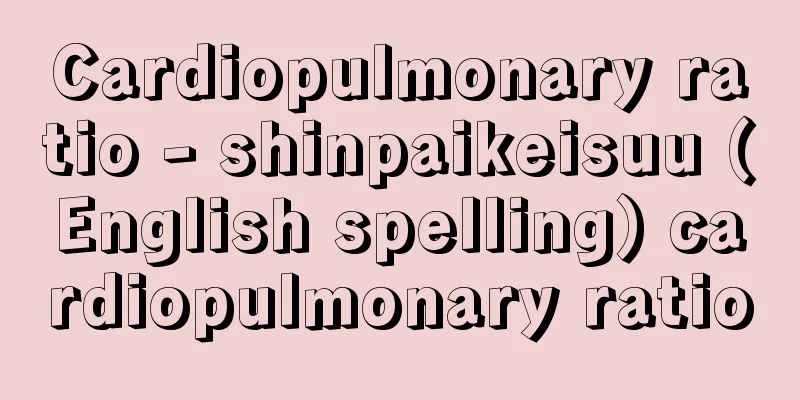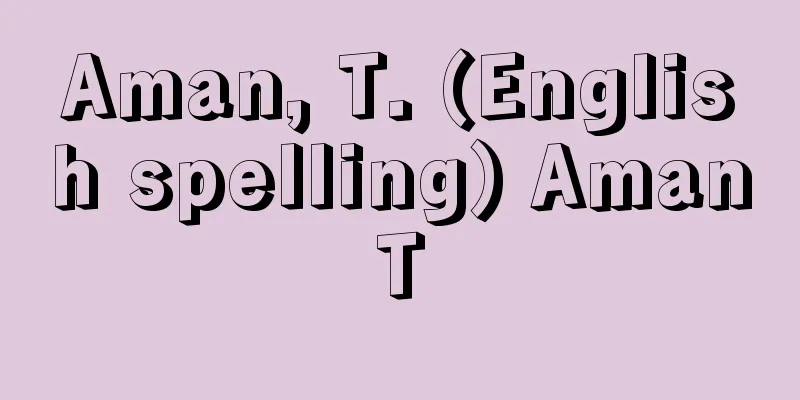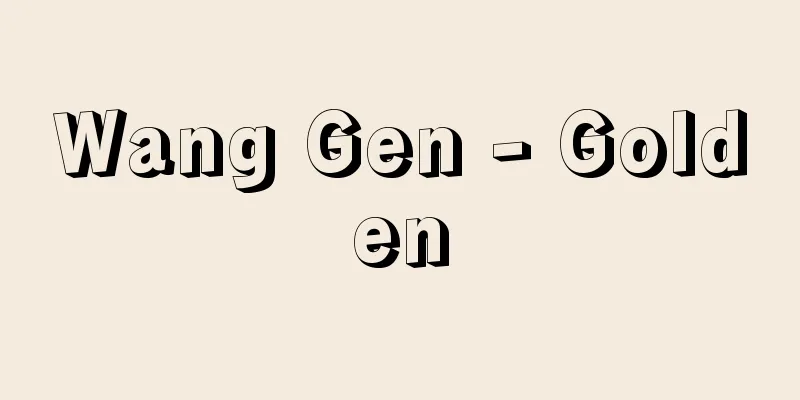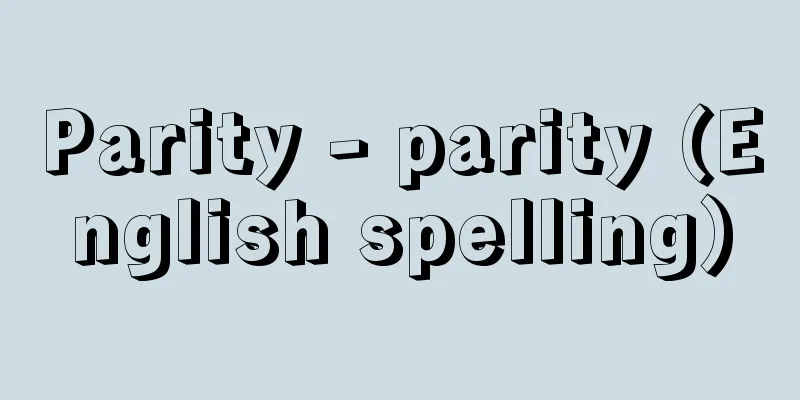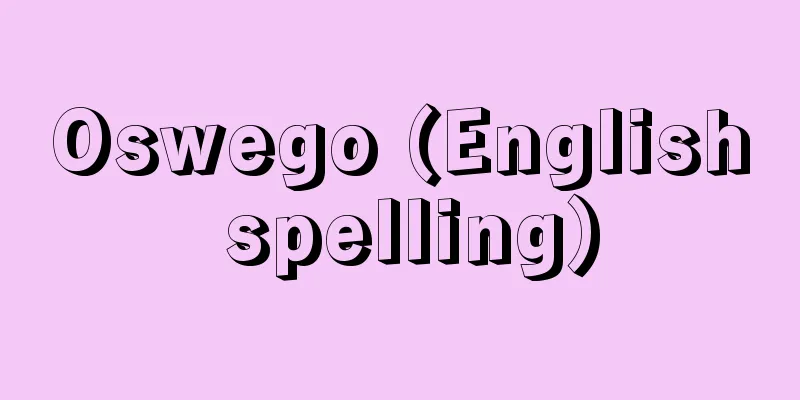Hirota Koki

|
A diplomat and politician of the Showa period. Born in Fukuoka Prefecture on February 14, 1878, from a poor stonemason's family. In his youth, he frequented the Genyosha Society and was influenced by it. After graduating from the law department of Tokyo Imperial University, he joined the Ministry of Foreign Affairs, serving as director of the European and American Affairs Bureau and envoy to the Netherlands, before becoming ambassador to the Soviet Union in 1930. In September 1933, he became foreign minister after Uchida Yasuya, the foreign minister in the Saito Makoto cabinet, resigned, and participated in the Five Ministers' Conference (Prime Minister, Foreign Affairs, Army, Navy, and Tibet) which decided on a new foreign policy that included completing the development of "Manchukuo," strengthening military power to a level that would "not be outspoken," and implementing policies through diplomatic means. In 1934, he decided to oppose joint aid to China by the West, and secretly conveyed this to the envoy to China, Ariyoshi Akira, but Amou Eiji, head of the Ministry of Foreign Affairs' Information Department, announced this as an informal speech (the Amou Statement), which provoked strong backlash from the world. He remained in his post as foreign minister in the Okada Keisuke Cabinet that same year, and advocated "harmonious diplomacy," resulting in the exchange of ambassadors with China in 1935. On the other hand, he decided on the Three Hirota Principles, which called for China to cease anti-Japanese sentiment, recognize "Manchukuo," and engage in joint defense against communism. He opposed the proposal for joint loans to China by the British financial envoy to China, Rees Ross, and China's currency reform, and condoned the army's efforts to separate North China, playing a part in obstructing China's economic development and invading China. After the February 26 Incident in 1936, he became prime minister and organized the Hirota Cabinet. In June 1937, he became Foreign Minister in the first Konoe Fumimaro Cabinet, and the Second Sino-Japanese War began. However, he did not oppose the expansion of the war, and in January 1938, he participated in the decision to adopt a hard-line policy of "not treating the Nationalist Government as an opponent," which led to the Second Sino-Japanese War becoming a quagmire, and he was soon dismissed due to a shift in diplomacy. From 1940 onwards, he participated in the Council of Senior Officials and was involved in recommending the Prime Minister. In 1945, he held a meeting between Hirota and Malik (the ambassador to Japan) to seek the mediation of the Soviet Union to end the war, but it failed. After Japan was defeated, he was suspected of being a Class A war criminal, and in November 1948 (Showa 23), he was the only civil servant to be sentenced to death by hanging at the International Military Tribunal for the Far East. He was executed on December 23, 1948. Although he was an elite Foreign Ministry bureaucrat, he was powerless as a politician and took a wait-and-see approach, following the military. [Yoshiaki Yoshimi] "Hirota Koki Biography Publishing Committee, ed., Hirota Koki (1966)" ▽ "Hattori Ryuji, Hirota Koki - The True Image of the 'Tragic Prime Minister'" (Chuko Shinsho) [References] | | | | | | |©Shogakukan Library "> Hirota Koki Source: Shogakukan Encyclopedia Nipponica About Encyclopedia Nipponica Information | Legend |
|
昭和期の外交官、政治家。明治11年2月14日福岡県に生まれる。生家は貧しい石屋。若いとき玄洋社(げんようしゃ)に出入りし、その影響を受けた。東京帝国大学法科卒業後、外務省に入り、欧米局長、駐蘭(らん)公使を務め、1930年(昭和5)駐ソ大使となった。1933年9月斎藤実(さいとうまこと)内閣の内田康哉(うちだやすや)外相が辞任したのち外相となり、「満州国」の発達完成、「外侮を蒙(こうむ)ることなき」程度の軍事力の充実、外交手段による方針の貫徹などを内容とする新しい外交方針を決定した五相(首・外・陸・海・蔵)会議に参加した。1934年中国に対する欧米の共同援助に反対する方針などを固め、中国駐在の有吉明(ありよしあきら)公使に秘密裏に伝えたが、天羽英二(あもうえいじ)外務省情報部長がこれを非公式の談話として発表(天羽声明)、列国の激しい反発を引き起こした。同年岡田啓介(おかだけいすけ)内閣にも外相として留任し、「協和外交」を唱えて1935年中国との大使交換を実現した。一方、排日停止、「満州国」承認、共同防共を中国に要求する広田三原則を決定し、駐華イギリス財政使節リース・ロスによる対華共同借款の提案や中国の幣制改革に反対し、陸軍の華北分離工作を黙認するなど、中国の経済建設の妨害と中国侵略のために一役を買った。1936年の二・二六事件後、首相となり広田内閣を組織した。1937年6月第一次近衛文麿(このえふみまろ)内閣の外相となり、日中戦争を迎えたが、戦争の拡大に反対せず、翌1938年1月「国民政府ヲ対手(あいて)トセズ」との強硬方針の決定に加担、日中戦争の泥沼化をもたらし、まもなく外交転換のため更迭された。1940年以降、重臣会議に参加し首相推薦に関与。1945年戦争終結のためソ連の仲介を求めて広田・マリク(駐日大使)会談を行ったが失敗した。敗戦後A級戦犯容疑者とされ、1948年(昭和23)11月極東国際軍事裁判で文官中ただ1人絞首刑の判決を受けた。昭和23年12月23日刑死。エリート外務官僚であったが、政治家としては無力で静観主義をとり、軍部に追随した。 [吉見義明] 『広田弘毅伝記刊行会編・刊『広田弘毅』(1966)』▽『服部龍二著『広田弘毅――「悲劇の宰相」の実像』(中公新書)』 [参照項目] | | | | | | |©小学館ライブラリー"> 広田弘毅 出典 小学館 日本大百科全書(ニッポニカ)日本大百科全書(ニッポニカ)について 情報 | 凡例 |
Recommend
Agrias amydon (English spelling)
…[Takakura Tadahiro]. … *Some of the terminology ...
Water heater - Kyutouki
This refers to equipment that supplies hot water, ...
yippie
...As a result, hippies gradually became a symbol...
Magnetization - Direct (English spelling) magnetization
It refers to placing a material in a magnetic fie...
Substructure - Kabukozo (English spelling) Unterbau German
In historical materialism (Marxist social science...
Reverse Hair - Sakagami
[1] 〘 noun 〙① Upturned hair. Also, the act of pull...
《Tristes tropiques》(English spelling)
His major works include "The Fundamental Str...
Mental sweating
…The density of sweat in different parts of the b...
Work restrictions - work restrictions
It refers to restricting or prohibiting certain w...
Xanthoma
Histopathologically, xanthomas are characterized ...
Honda Kotaro - Honda Kotaro
Physicist. Born in Yahagi-cho, Aichi Prefecture (...
Radiation source - radioactive material
The source of radiation, such as a radioisotope, a...
World Federation of Democratic Youth
...The purpose of this was to encourage youth fro...
Trjavna
… Under the Ottoman Empire, which lasted for abou...
'Abd al-'Aziz b. Sa'ūd
1880‐1953 Founder and first king of the Kingdom of...
